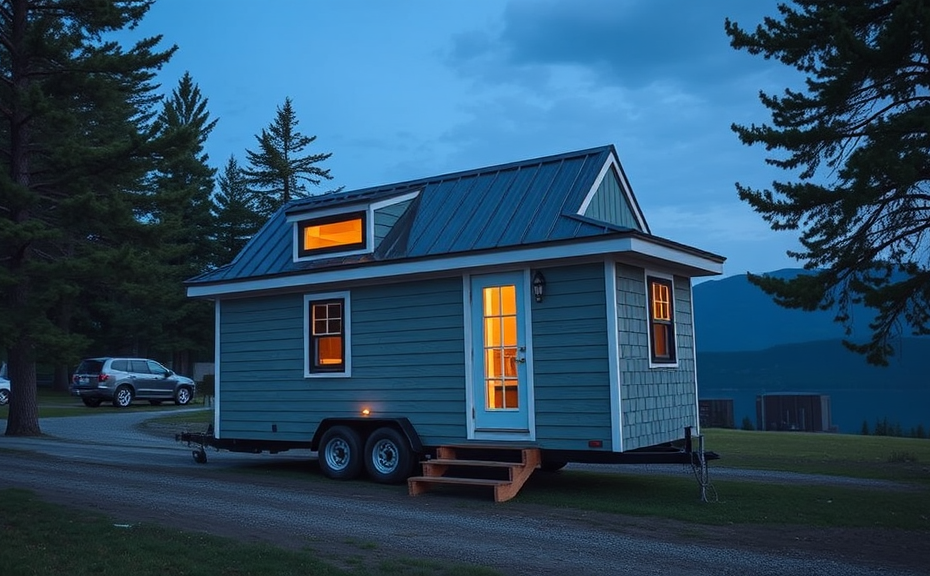Tiny homes have surged in popularity due to their affordability, sustainability, and minimalistic lifestyle appeal. A common question among prospective tiny home owners is whether these compact dwellings can be moved to a different location. The answer is not only yes but also highlights key factors that influence the mobility of tiny homes.
Many tiny homes are designed on wheels, similar to an RV, making them inherently mobile. This aspect allows owners the flexibility to relocate their homes without the complexities of traditional real estate transactions. However, the ease of moving depends on certain considerations:
- Size and Weight: The dimensions and weight of a tiny home will determine whether it can be towed by a standard vehicle. Owners should verify weight limits and ensure their vehicle is compatible.
- Local Regulations: Before moving a tiny home, it’s crucial to check the zoning laws and building codes in both the original and the new location. Some areas have restrictions on where tiny homes can be placed.
- Utilities Setup: When relocating, one must consider how utilities (water, electricity, sewage) will be managed at the new site. Some tiny homes are self-sufficient, but connections may still need to be addressed.
- Transportation Logistics: Planning the actual move involves logistics such as securing the right equipment and possibly hiring professionals for transportation, especially if the home is not a DIY build.
Transitioning a tiny home to a different location can invigorate the living experience, offering new surroundings and opportunities. However, it requires careful planning and consideration of the relevant factors to ensure a seamless move.
As tiny living continues to grow in popularity, understanding the mobility options for tiny homes will empower owners to embrace the freedom that comes with a minimalist lifestyle.
